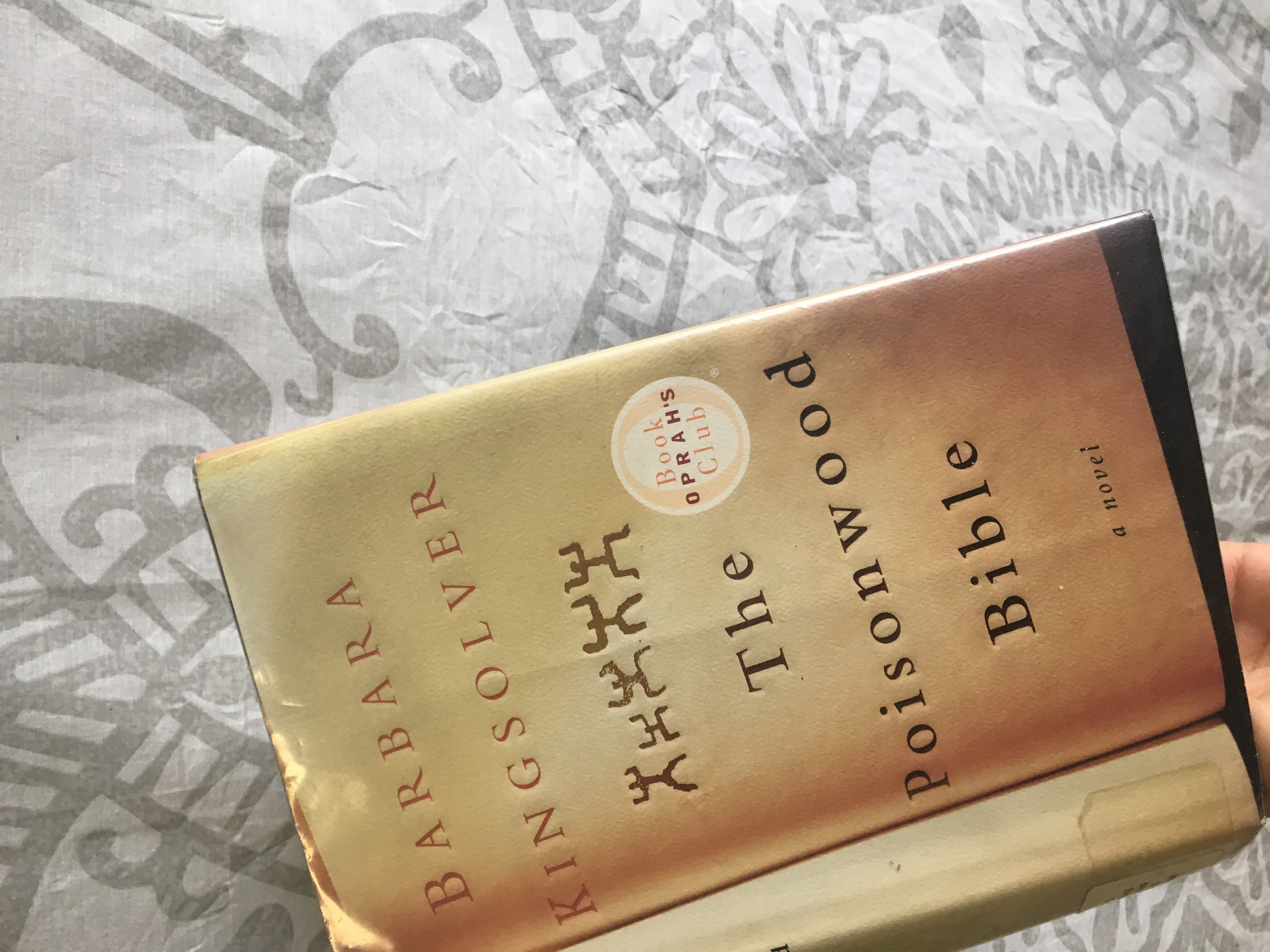Barbara Kingsolver’s book, “The Poisonwood Bible,” though published in 1998, serves as a timeless reminder of the dangers of ignorantly clashing cultures and religion.
Nominated for New York Time’s 10 Best Books of the Year list in 1998 and included in Oprah’s Book Club in 2000, the cautionary tale is still on must-read lists nearly 20 years after it first hit the bookshelves.
Set in the late 1950’s, the story follows Nathan Price, a domineering, stubborn Baptist minister, his wife, Orleanna, and their four daughters, Rachel, twins Leah and Adah, and Ruth May. The missionaries travel to the Congo in Africa, with the mindset that their faith and culture is far superior to the natives of the village Kilanga.
The first sign that the Prices are largely unprepared for life in the Congo is when Nathan attempts to create a vegetable garden. Made in part to provide food for his family, but mostly to instruct the natives of Kilanga on simple forms of agriculture that may save them from starvation and famine that exists in many parts of Africa. With unfit conditions and a lack of necessary pollinators, Nathan’s North American-style garden quickly perished due to his naivety.
As foreseeable within the first few chapters of the tale, the family’s life in the Congo goes awry. From sickness and violence to arranged marriage and death, “The Poisonwood Bible” grips readers with its seemingly endless plot twists and storylines, without being overwhelming.
The plot of the story is narrated through the members of the family, serving as an entangled web that the reader has to trace through with the introduction of each character. Despite the fact that the narrator’s each have their own unique personality and story, the plot doesn’t ever get overwhelming to the point of confusion.
Kingsolver manages each different narrator with a sort of delicacy and attention to detail that is difficult to find in many other works. Ruth May, the youngest, most excitable and energetic sister, narrates the book in a youthful, simplistic way. On the other hand, Adah, Leah’s twin who is described as mute, brain-damaged and disabled, proves to the readers that she has an incredibly poetic, well-developed way of looking at the world unfold around her. While her family believes she is simple-minded, Adah reveals she uses her silence to her own advantage, allowing those around her to think she has a limited intellect, while she is actually brilliant.
As the plot thickens, it is exciting and nerve-wracking to see each character realize the danger of the situation they’ve been put in and how they each react to it. Kingsolver’s detailing of the story leaves the reader battling with conflicting emotions: an inherent desire to protect the Price family, and the desperate want to preserve the Kilangan people from the domineering religious influence of the West. A warning to all against the dangers of trying to oppress and assimilate other cultures, “The Poisonwood Bible” should be on every avid reader’s list.


